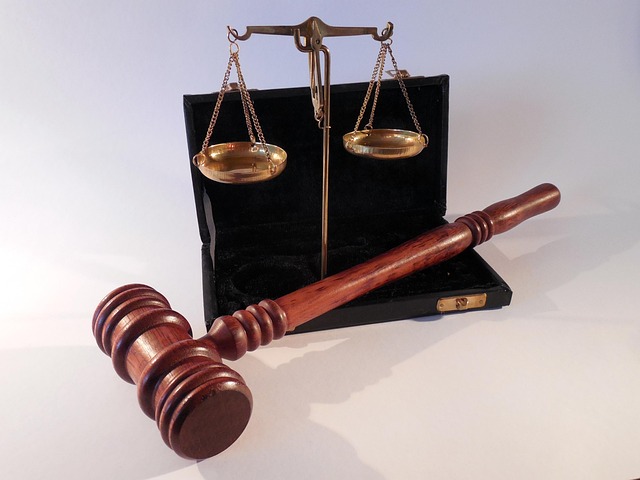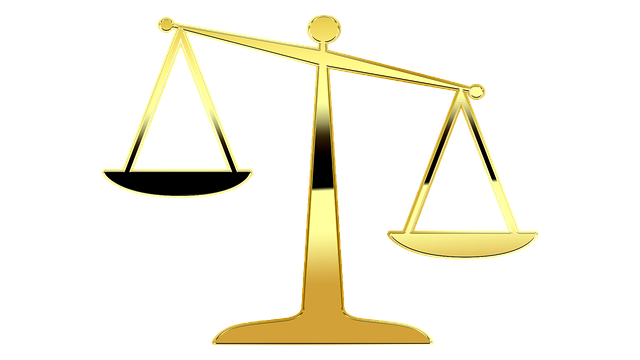Understanding different types of litigation is key as legal disputes vary greatly. This text breaks down civil, criminal, and administrative proceedings, highlighting their unique goals, processes, and outcomes. It emphasizes recent policy changes, especially the Sentencing Guidelines Reform, which has altered legal proceedings by promoting fair and consistent sentencing, addressing historical inequities, and emphasizing rehabilitation. These reforms impact strategies for both prosecution and defense, with potential effects on plea bargains, jury trials, and resources allocation, particularly in white-collar cases. Lawyers must adapt to this nuanced landscape, focusing on mitigation factors and alternative resolutions to assist their clients effectively.
In the dynamic legal landscape, understanding various litigation types is paramount. This article offers a comprehensive overview of different judicial approaches, focusing on key developments such as sentencing guidelines reform and policy shifts between civil and criminal cases. We explore how these changes impact legal proceedings, providing insights for lawyers and clients navigating the post-reform environment. By delving into these topics, we aim to illuminate strategic adaptations required in light of the Sentencing Guidelines Reform and Policy Changes.
- Understanding Different Types of Litigation: An Overview
- The Impact of Sentencing Guidelines Reform on Legal Proceedings
- Policy Changes and Their Effect on Civil vs Criminal Litigation
- Navigating Post-Reform Landscape: Strategies for Lawyers and Clients
Understanding Different Types of Litigation: An Overview

Understanding different types of litigation is essential, especially given the diverse nature of legal disputes. This overview highlights key distinctions among various forms, including civil, criminal, and administrative proceedings. Each type has its unique objectives, procedures, and potential outcomes. For instance, while criminal litigation focuses on punishing offenders and protecting society, civil lawsuits aim to resolve conflicts between individuals or entities, often involving compensation for damages.
Within these broad categories, specialized areas like white-collar and economic crimes require tailored approaches. Recent policy changes and sentencing guideline reforms reflect a shifting legal landscape. These adjustments respond to evolving societal concerns, such as addressing complex financial crimes. Furthermore, the impact of litigation extends beyond legal decisions; it influences the interactions between philanthropic, political, and corporate communities, shaping their conduct and accountability.
The Impact of Sentencing Guidelines Reform on Legal Proceedings

The Sentencing Guidelines Reform has brought about significant changes to legal proceedings, shaping how judges approach sentencing in both criminal and, increasingly, civil cases. This reform, driven by policy changes aimed at promoting fairness and consistency, has had a profound impact on the justice system. One notable effect is the shift towards more balanced sentences, taking into account not just the crime but also mitigating factors, thereby avoiding indictment for less severe offenses.
This reform underscores a broader trend where legal systems are adapting to address historical inequities, particularly in sentencing practices. The unprecedented track record of these changes reflects a growing emphasis on rehabilitation and restorative justice, benefiting both corporate and individual clients alike. As policies continue to evolve, the legal landscape is poised to become more nuanced and responsive to societal needs, ensuring that punishment aligns with the nature and context of each case.
Policy Changes and Their Effect on Civil vs Criminal Litigation

Policy changes, such as Sentencing Guidelines Reform, significantly alter the landscape of civil versus criminal litigation. These reforms often reflect broader societal shifts and can dramatically impact how cases are prosecuted and defended. For instance, changes in sentencing guidelines for white collar and economic crimes may encourage more plea bargains, potentially reducing the number of jury trials and the resources dedicated to them. This could lead to a shift in strategic focus, with both prosecution and defense tailoring their approaches to better navigate these new norms.
Moreover, successful advocacy for winning challenging defense verdicts can become more complex or straightforward depending on policy changes. Reforms aimed at reducing prison sentences or simplifying sentencing procedures might favor defendants by making it less lucrative for prosecutors to pursue lengthy trials. Conversely, stricter guidelines could incentivize more aggressive prosecution strategies, leading to increased litigation and a need for robust defenses.
Navigating Post-Reform Landscape: Strategies for Lawyers and Clients

In the post-reform landscape, both lawyers and their clients face a new legal terrain shaped by Sentencing Guidelines Reform and Policy Changes. These shifts have significantly altered strategies for criminal defense, particularly in white-collar cases. Lawyers must now navigate a more nuanced approach, where achieving extraordinary results for their clients often involves creative advocacy and a deep understanding of the evolving policy landscape.
Adaptability is key as lawyers help clients make sense of new sentencing guidelines that focus on rehabilitation and proportionality. For his clients, this may mean emphasizing mitigation factors, presenting compelling arguments for reduced sentences, and exploring alternative resolutions beyond traditional plea bargains. Lawyers who stay abreast of these changes can better serve their clients by offering tailored strategies that account for both the letter and spirit of the law.
In conclusion, understanding the diverse landscape of litigation types, as illuminated by the intricacies of Sentencing Guidelines Reform and Policy Changes, is paramount for both legal professionals and clients. The impact of these reforms underscores the need for dynamic adaptation in legal strategies. By navigating the post-reform environment, lawyers can effectively guide clients through evolving civil and criminal litigation processes, ensuring optimal outcomes in today’s legal milieu.






